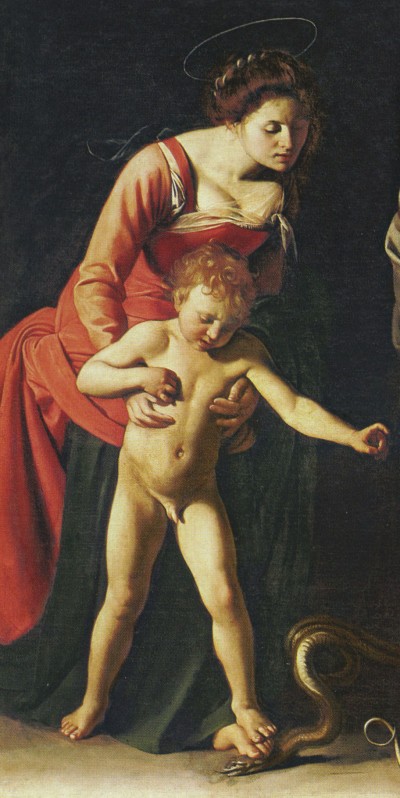Nox sicut dies illuminabitur
12 December 2015
 The Basilica of Saint Peter in Rome is a universally recognised emblem of the Catholic Church, a sacred icon of the Body of Christ, a representation on earth of the Bride of the Lamb, the heavenly Jerusalem. Dr Roberto de Mattei offers a profound reflection on the distressing event that took place at Saint Peter’s on the night of 8 December 2015, the feast of the Immaculate Conception.
The Basilica of Saint Peter in Rome is a universally recognised emblem of the Catholic Church, a sacred icon of the Body of Christ, a representation on earth of the Bride of the Lamb, the heavenly Jerusalem. Dr Roberto de Mattei offers a profound reflection on the distressing event that took place at Saint Peter’s on the night of 8 December 2015, the feast of the Immaculate Conception.
The photographers, the graphic artists and the advertisers who created Fiat Lux, know what St. Peter’s – the material image of the Mystical Body of Christ, which is the Church – represents for Catholics. The plays of light that illuminated the Basilica have a symbolic intent, antithetic to that expressed by all the ‘luminaries, lamps and fires’, who have transmitted the significance of the Divine light over the course of the centuries. This light was extinguished on December 8th. Among the images and lights projected on the Basilica, those of Our Lord and the Immaculate were missing, and it was Her Feast Day. St. Peter’s was immersed in the false light brought by the rebel angel, Lucifer, Prince of this World and the King of Darkness.
The words Divine light are not only a metaphor, but a reality, as is the reality of the darkness which today envelopes the world. And on this eve of Christmas, humanity awaits the moment in which the night is illuminated like the day, « nox sicut dies illuminabitur » (Psalm 11) and that the promises made at Fatima by the Immaculate will be fulfilled.
Roberto de Mattei
Corrispondenza Romana
Translation: Francesca Romana, Rorate Caeli

